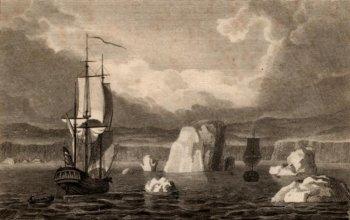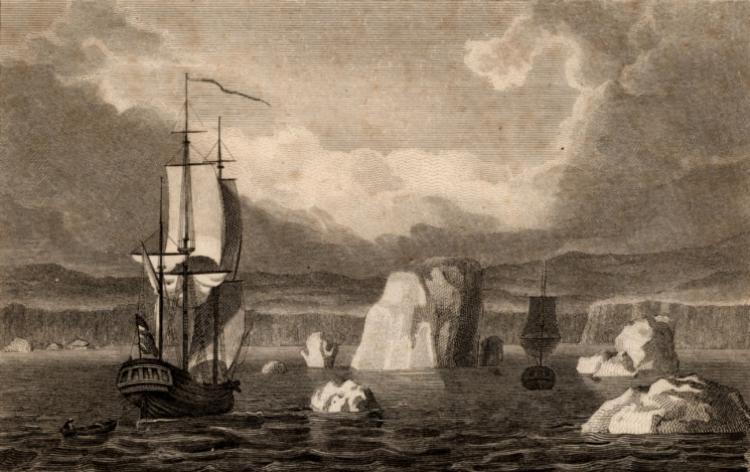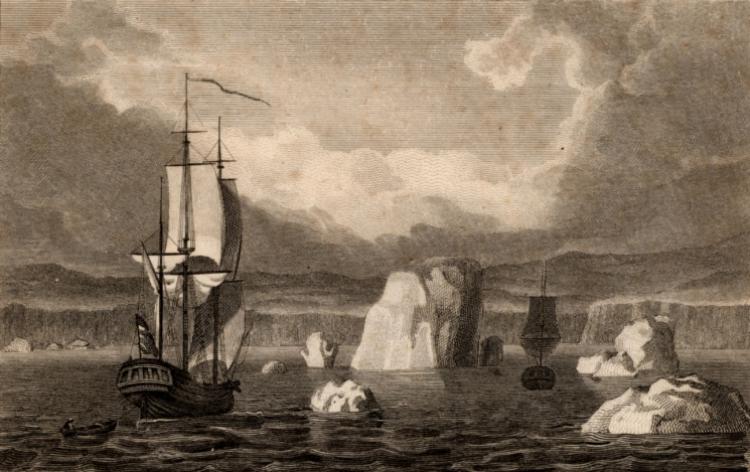The ship whose crew discovered the last portion of Canada’s Northwest Passage in the western Arctic has been found by Canadian archeologists 155 years after it was abandoned in an isolated Arctic bay.
Marc-Andre Bernier, head of underwater archaeology for Parks Canada, found the 442-ton HMS Investigator using sonar equipment only a few days after the team launched the search.
Hidden by ice since 1853, the ship was found in shallow water in Mercy Bay along the northern coast of Banks Island.
“The ship is standing upright in very good condition. It’s standing in about 11 meters (36 feet) of water,” Bernier said at a press conference in Ottawa. “This is definitely of the utmost importance. This is the ship that sailed the last leg of the Northwest Passage.”
Led by Captain Robert McClure, the ship traveled from England in 1850 to the Arctic on an expedition to search for Sir John Franklin, whose team went into the Arctic with two ships in 1845.
The team abandoned the ship after it had been trapped in the ice for two years. The items left behind on the ship played an essential role in shaping the Inuit culture, after they began to use some of the materials and resources, according to Bernier.
The historic find represents a reasserted Canadian claim to Arctic sovereignty, Environment Minister Jim Prentice told the National Post.
Marc-Andre Bernier, head of underwater archaeology for Parks Canada, found the 442-ton HMS Investigator using sonar equipment only a few days after the team launched the search.
Hidden by ice since 1853, the ship was found in shallow water in Mercy Bay along the northern coast of Banks Island.
“The ship is standing upright in very good condition. It’s standing in about 11 meters (36 feet) of water,” Bernier said at a press conference in Ottawa. “This is definitely of the utmost importance. This is the ship that sailed the last leg of the Northwest Passage.”
Led by Captain Robert McClure, the ship traveled from England in 1850 to the Arctic on an expedition to search for Sir John Franklin, whose team went into the Arctic with two ships in 1845.
The team abandoned the ship after it had been trapped in the ice for two years. The items left behind on the ship played an essential role in shaping the Inuit culture, after they began to use some of the materials and resources, according to Bernier.
The historic find represents a reasserted Canadian claim to Arctic sovereignty, Environment Minister Jim Prentice told the National Post.






